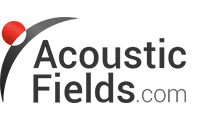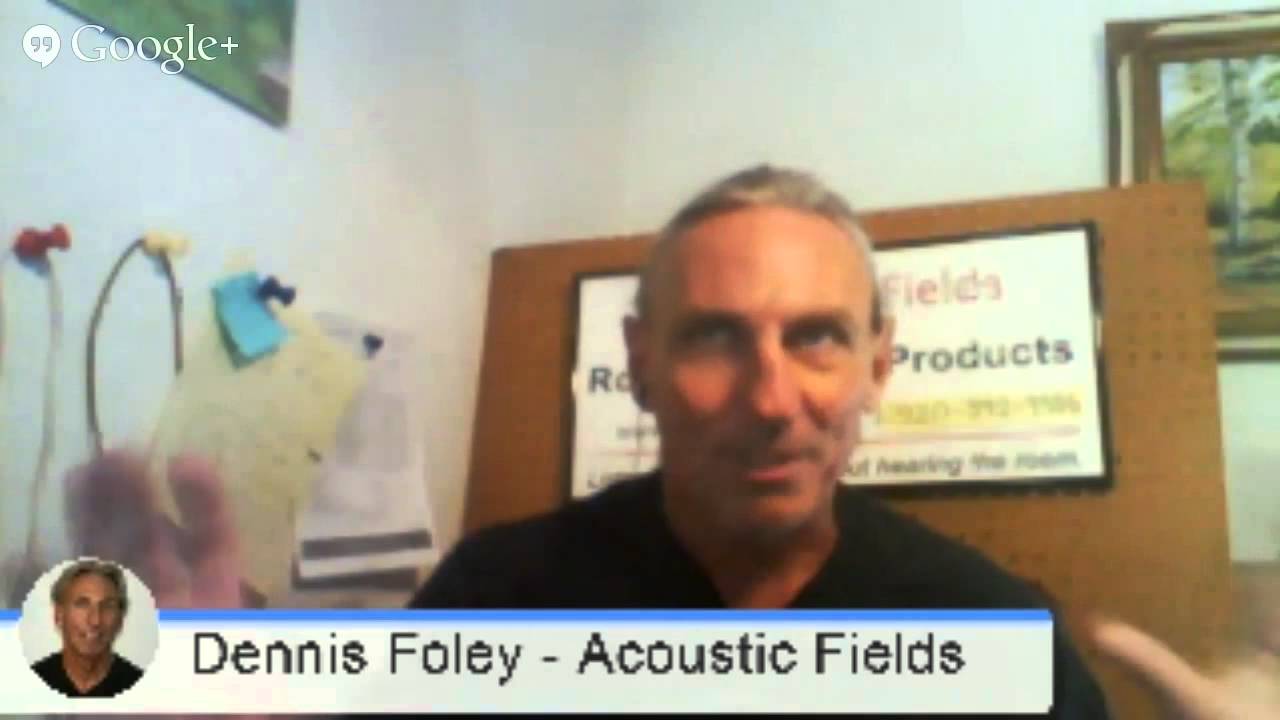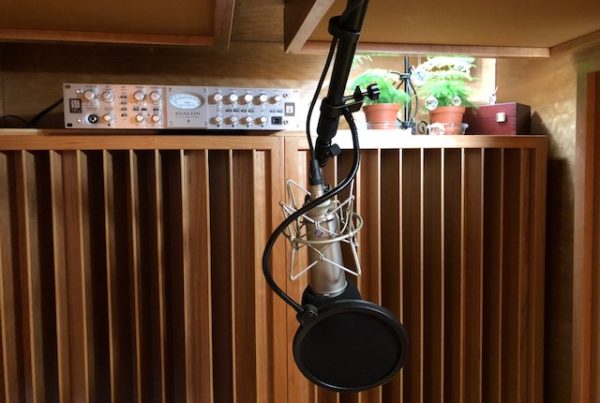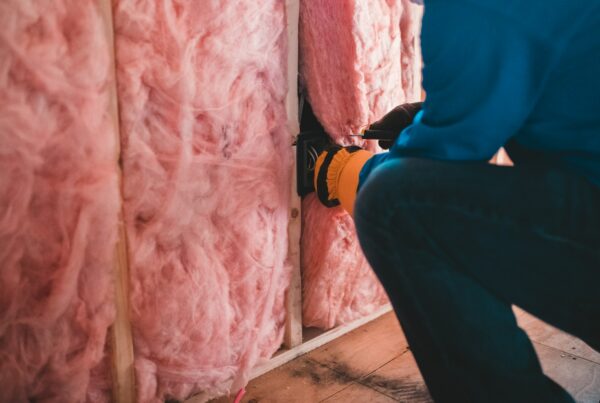Welcome to the third Acoustic Treatment Google Hangout with Dennis Foley from Acoustic Fields. The below broadcast went live at 11am on Tuesday, July 15th, so thank you for your questions on the room acoustic issues which have been troubling you.
Here are the questions we covered this week:
1. Do you know much about articulation measurements with room acoustics? Maybe you can discuss the difference between the two and why one would do one versus the other or potentially both.
Start point 7:50
2. Can you just break down in a simplistic way what rates and levels of absorption mean?
Start point 14:16
3. You advise to measure the frequencies in SPL to determine if I will need a small or large amount of material. Will you be doing another video to show the types of materials and arrangements of them for barrier technology? And also for a basement ceiling.
Start point 16:35
4. If you’re starting out a new build in a city, London in this case, what kind of space would you be looking for because I’m thinking a basement is the best option for us given the price of land and the soundproofing costs? If the room itself is a good size, would you say that’s a good starting point given the issues we would have with neighbouring offices if we were at street level?
Start point 23:40
5. What’s your recommendation for designing recording studio doors? How should they need to be designed for a control room so that noise is kept in the room without too much bleed?
Start point 29:12
6. How do you describe the sound of an audiophile system in a room with 100% absorption? Does it sound a bit dull and lifeless, does it lack soul perhaps? I can only imagine you have too much of a good thing. Is it the opposite of having a really bright room, hard floors and lots of glass?
Start point 33:14
Here is the Daniel Wyatt video interview that Dennis mentioned at the start of the video. It’s a great video as Danny really breaks down what correct low frequency management actually sounds like and means to him. It’s the unknown, unknown until you actually hear it for the first time and how that then impacts the mids and highs. Well worth watching:
For those that missed it, here is last week’s Google Hangout:
We’ll see you again on Tuesday 29th July at 11 am EST.
Thanks
